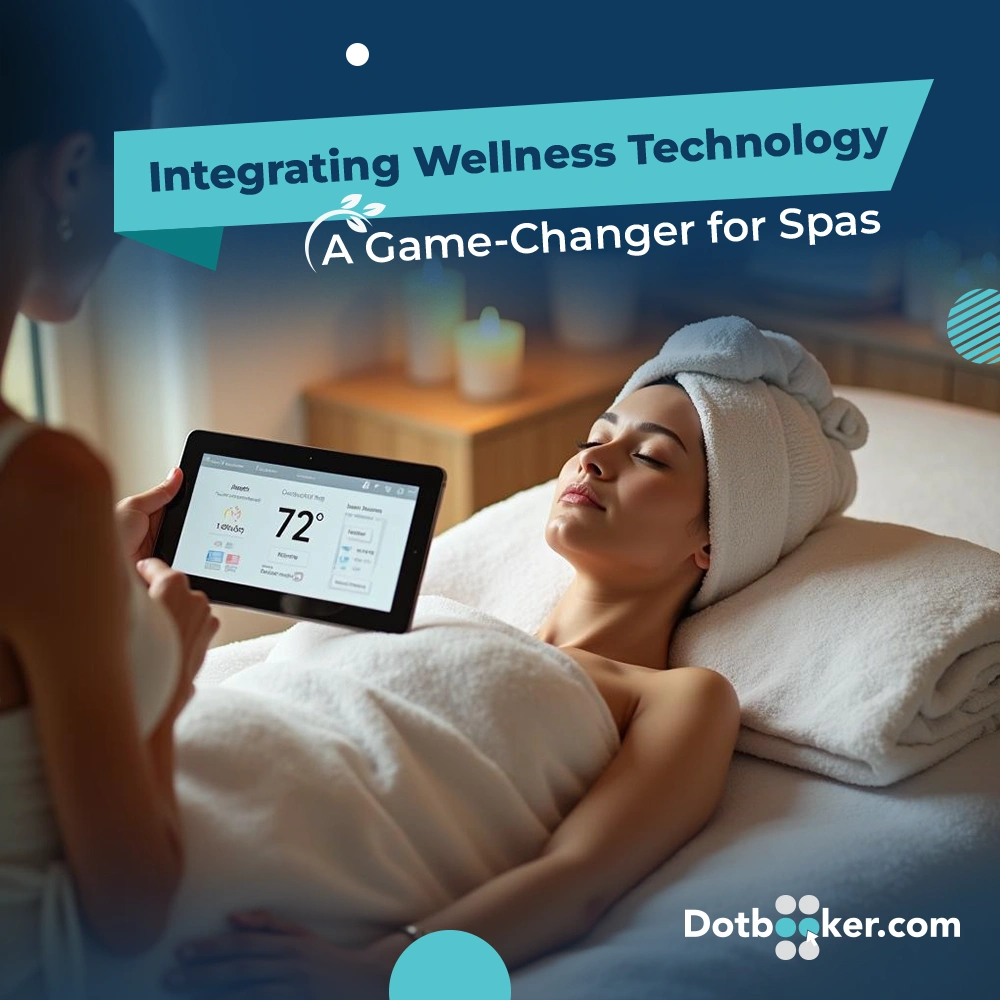
- By Dotbooker
- Mar 19, 2025
- 148
Integrating Wellness Technology: A Game-Changer for Spas
Remember when a spa day meant disconnecting from all things digital? No phones, notifications — just you, your robe, and that lavender-scented steam room.
But let's turn the narrative around: what if technology didn't take away from the spa experience but added to it?
Enter the era of wellness technology — where ancient tradition meets cutting-edge innovation.
Today's spa patrons desire more than a massage; they yearn for data-driven self-care, effortless scheduling, and customized experiences that adapt to them. Technology is not merely a tool for spa companies—it's a complete game-changer.
What Is Wellness Technology Anyway?
Before we get deeper, let's set the scene. Wellness technology is equipment, software, and devices that promote an individual's physical, emotional, or mental well-being.
But in the spa industry, it's not just fitness trackers and heart rate monitors.
It includes:
- Smart booking systems
- AI-driven personalization engines
- Virtual consultation tools
- Automated check-ins and checkouts
- Biohacking and recovery devices
- Touchless therapies
- CRM and loyalty management platforms
This isn’t about robots giving facials (yet). It’s about creating hyper-personalized experiences, streamlining operations, and giving clients exactly what they need — sometimes before they know it themselves.

Why can’t spas ignore the Tech Wave?
With all its serene storefronts and relaxing soundtracks, the spa business is a whirlwind behind the scenes.
Scheduling mishaps, last-minute cancellations, double-booked therapists, lost preferences, inventory miscalculations — the list is endless.
And when your company is founded on providing tranquility and equilibrium, internal disarray isn't only frustrating — it's brand-busting.
In today’s wellness landscape, where customer expectations are sky-high and competition is fierce, relying on paper logs or siloed spreadsheets just doesn’t cut it anymore.
This is where technology swoops in — not like a loud disruptor, but more like a peaceful warrior, aligning your inner systems so your outer experience feels effortless.
Let’s look at how that unfolds:
1. Frictionless Client Journeys
No more phone tag or confusing confirmation calls. With online booking systems and mobile-first interfaces, clients can schedule appointments anytime, anywhere — and get real-time availability updates. But that’s just the start.
Upon arrival, QR-code check-ins, digital intake forms, and automated welcome flows remove waiting room friction. Clients can even pre-select music, preferred pressure points, or aroma preferences. When they enter the treatment room, the spa already knows what makes them feel at home — and it shows.
Bonus: Smart systems also automate follow-up messages, rebooking nudges, and wellness check-ins post-visit, keeping the connection warm even after they walk out the door.
2. Hyper-Personalization
Spa-goers today want more than a treatment — they want their treatment. Technology lets you collect and analyze data like:
- Skin condition trends
- Stress indicators from wearables
- Product usage history
- Favorite therapists or treatments
- Health concerns or allergies
Armed with this, your spa can curate every visit — from suggesting new services to recommending at-home routines — with laser precision. It’s like having a wellness concierge in your client’s pocket.
Even loyalty perks get a glow-up here: birthdays, milestones, and recovery goals can trigger thoughtful, automated touches that feel human, not robotic.

3. Operational Zen
Behind every relaxed client is a team hustling to keep the spa ecosystem running. Tech gives that team a breather.
Advanced booking software handles:
- Staff scheduling with real-time availability
- Smart resource allocation (no more double-booking the same massage room!)
- Inventory tracking for oils, scrubs, linens, and retail items
- Automated billing and invoicing
When all systems talk to each other—from the front desk to the treatment floor to the back office—the result is harmony, less stress, fewer errors, and more time to focus on what matters: creating unforgettable experiences.
4. Wellness on Demand
Wellness doesn't stop at your spa’s doors anymore. With the right technology, spas can extend their reach and revenue beyond the brick-and-mortar setup.
Clients can:
- Access virtual yoga, meditation, or sleep therapy sessions
- Get on-demand skincare or wellness consultations via video
- Browse and purchase retail products through integrated e-commerce
- Track their progress or set self-care goals via connected apps
This hybrid approach gives your brand a 24/7 presence — ideal for busy clients who want consistency, flexibility, and results they can see and feel. It’s no longer just about a massage on Sunday. It’s about continuous care — all week, all month, all year.
💡 Real-World Examples That Are Setting the Bar
Adopting wellness technology is not just theoretical — it's happening in spas worldwide. These innovations are setting new industry standards and reshaping client expectations:
Smart saunas with biometric sensors
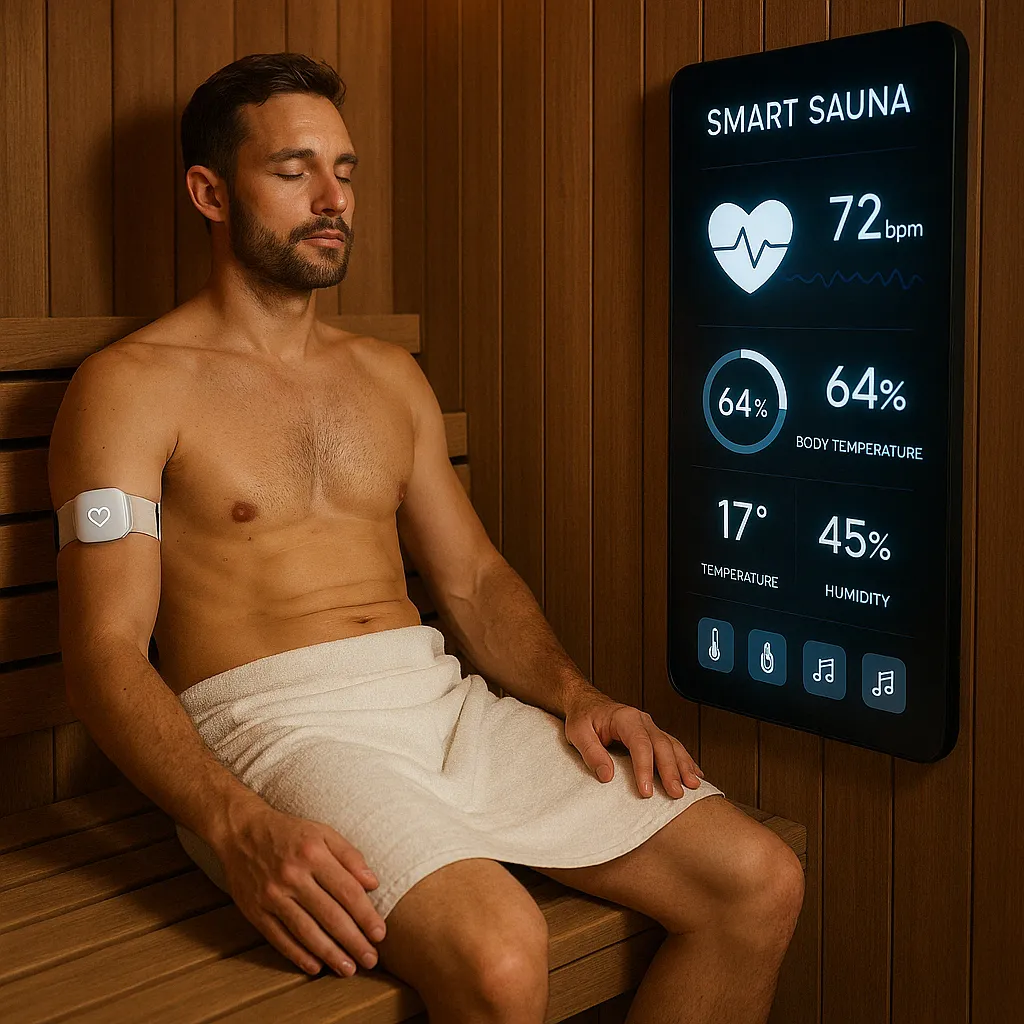
It monitors vitals like heart rate and body temperature, adjusting heat levels to optimize detoxification and relaxation.
Aromatherapy pods
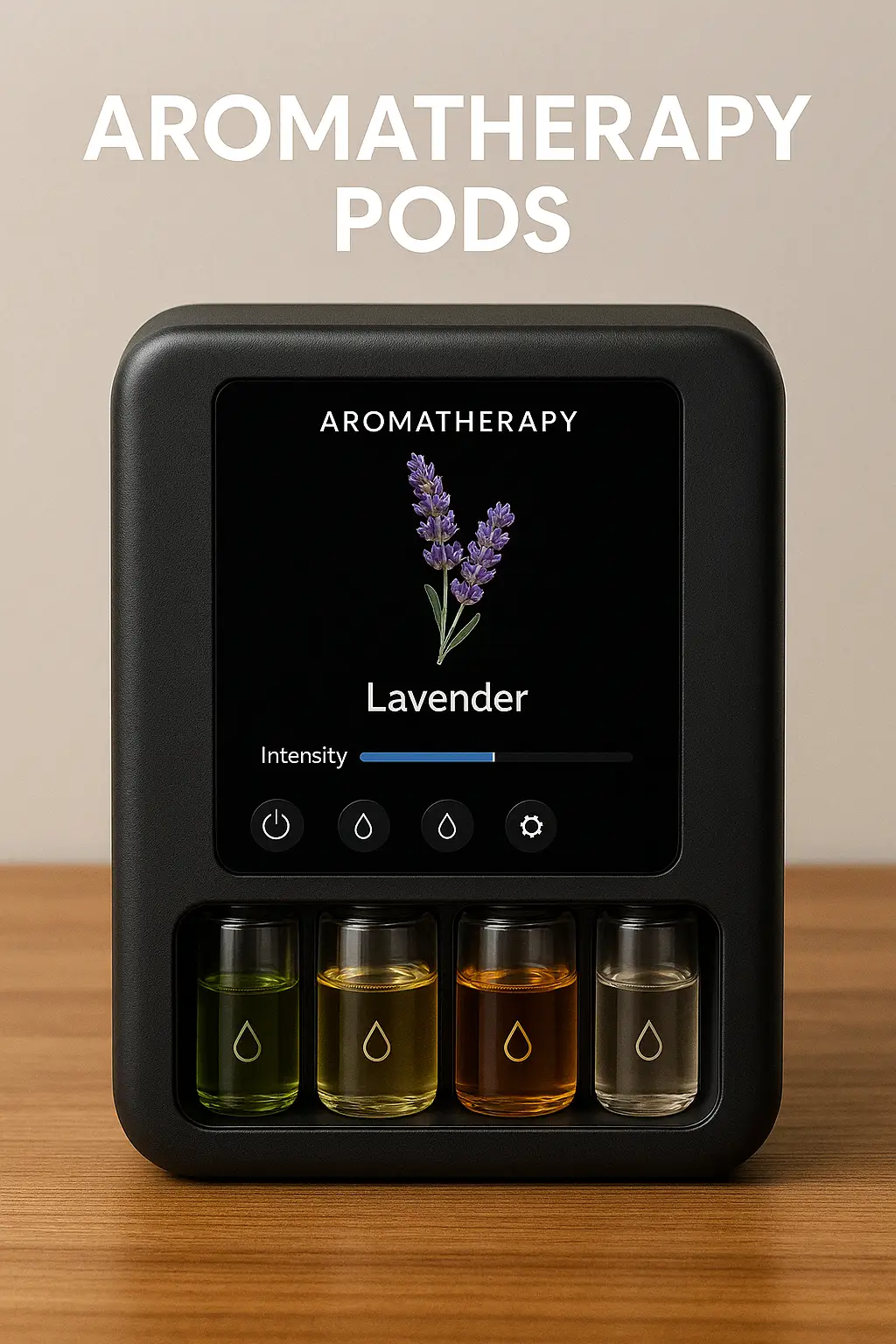
This connects with mobile apps that allow users to personalize their scents based on mood or therapy goals, boosting emotional wellness.
Facial analysis kiosks
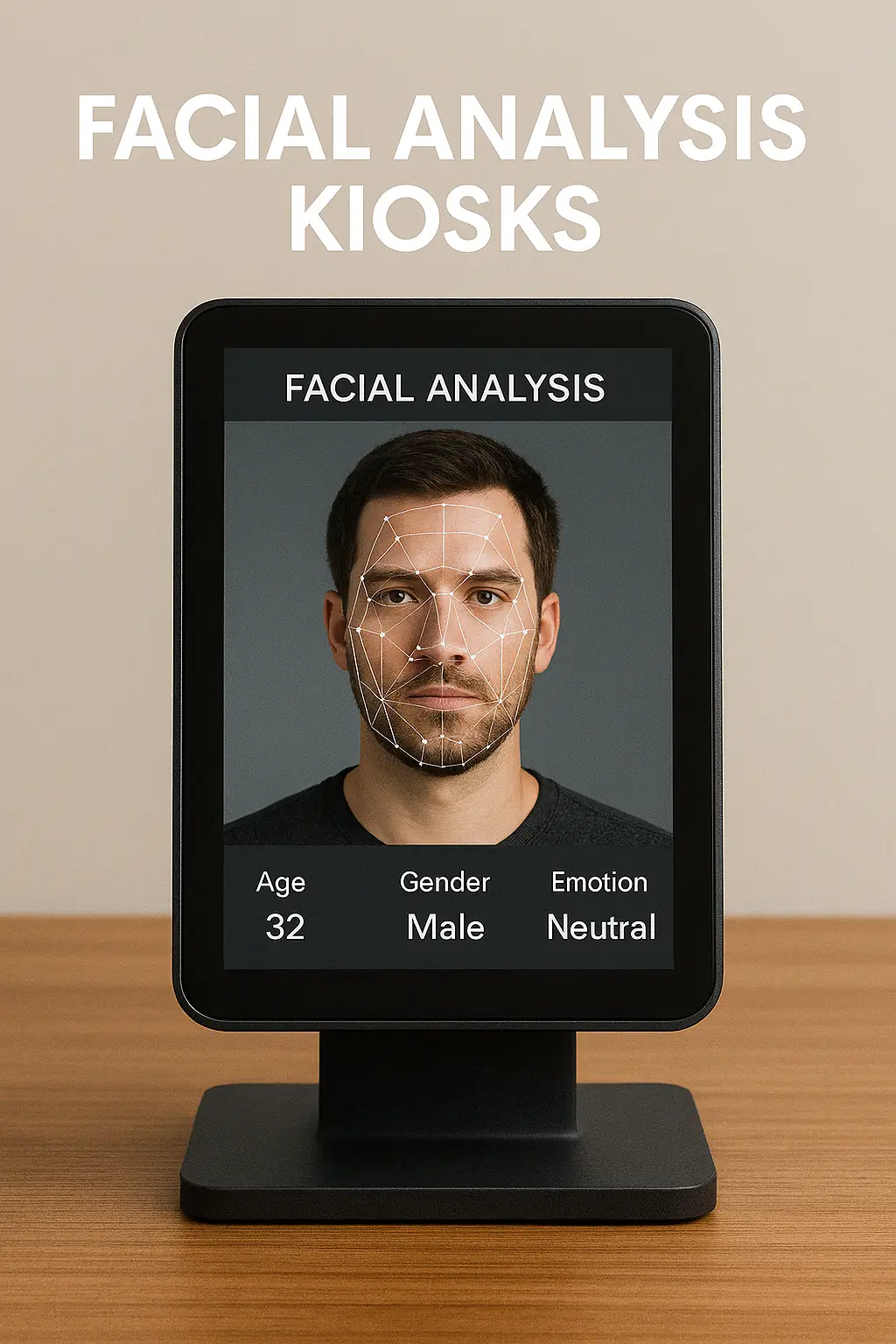
It uses AI to scan skin texture, pigmentation, and hydration levels, providing real-time diagnostics and treatment suggestions.
Virtual wellness coaches
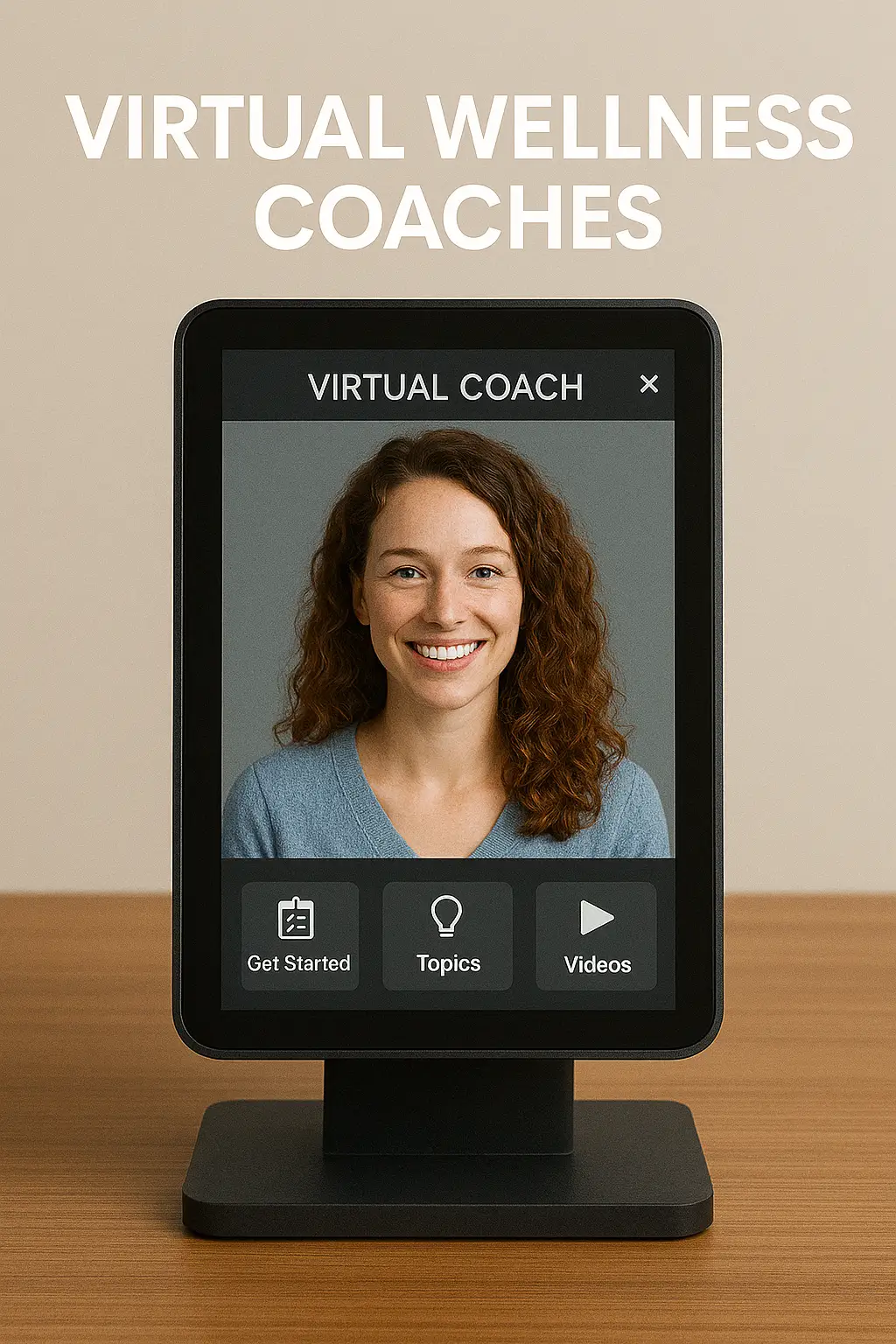
It offers guided breathwork, nutrition tips, and mental wellness check-ins, syncing seamlessly with in-person treatments to maintain client motivation.
Infrared light therapies
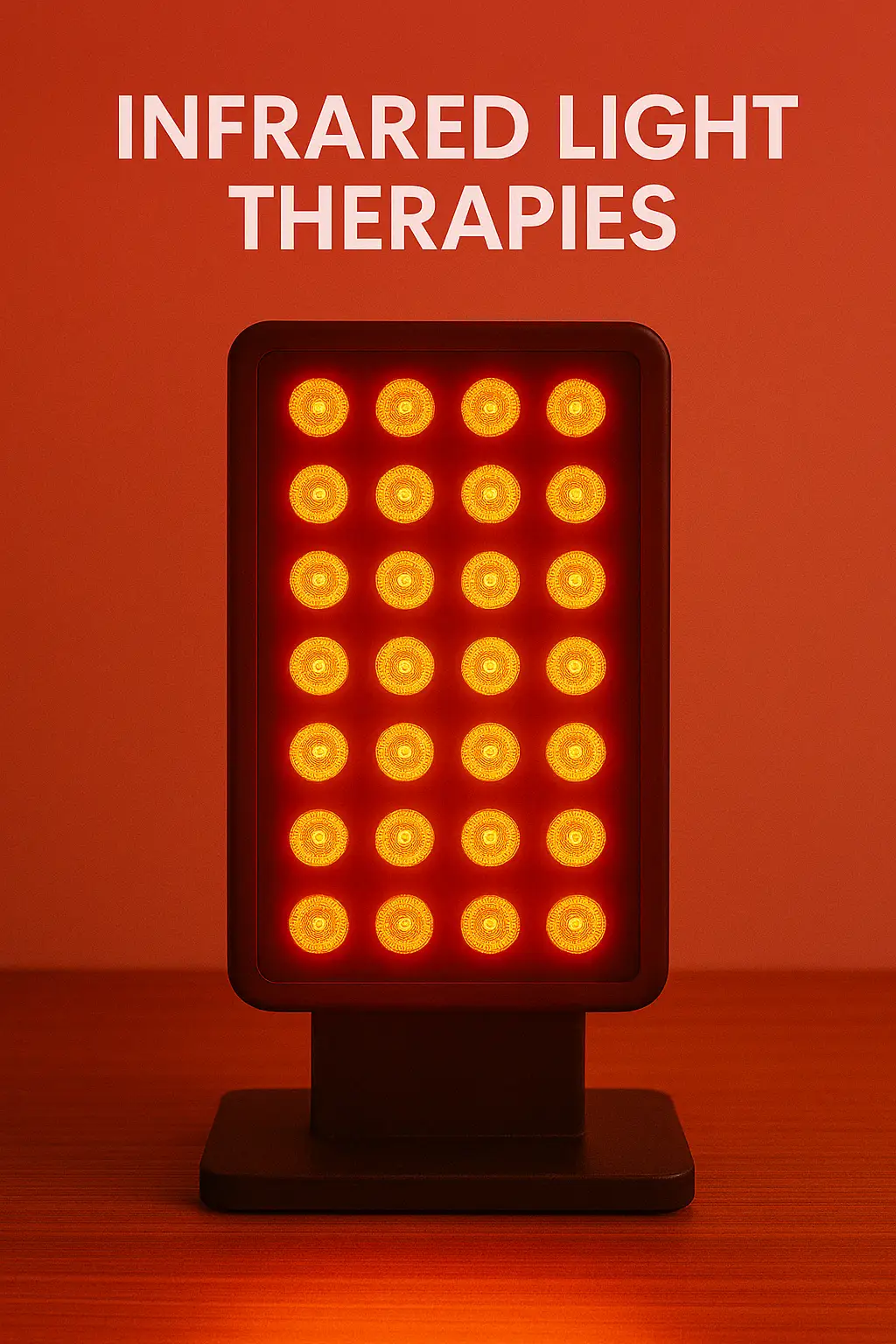
It typically integrates with custom recovery plans based on client activity levels, sleep patterns, and stress indicators.
Interactive mirrors and tablets
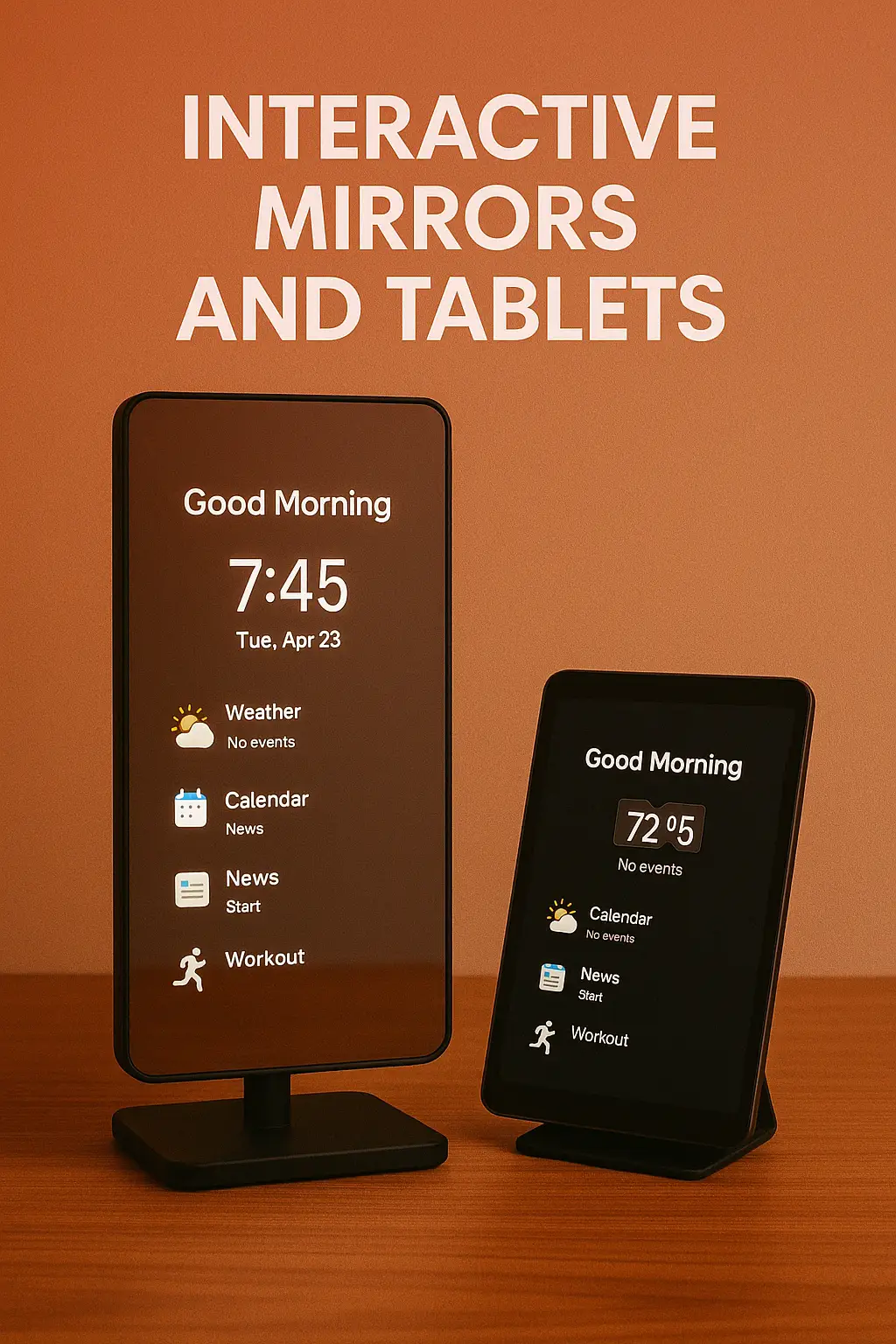
The treatment rooms guide clients through pre- or post-session stretches, skincare routines, or meditation exercises.
App-based loyalty systems
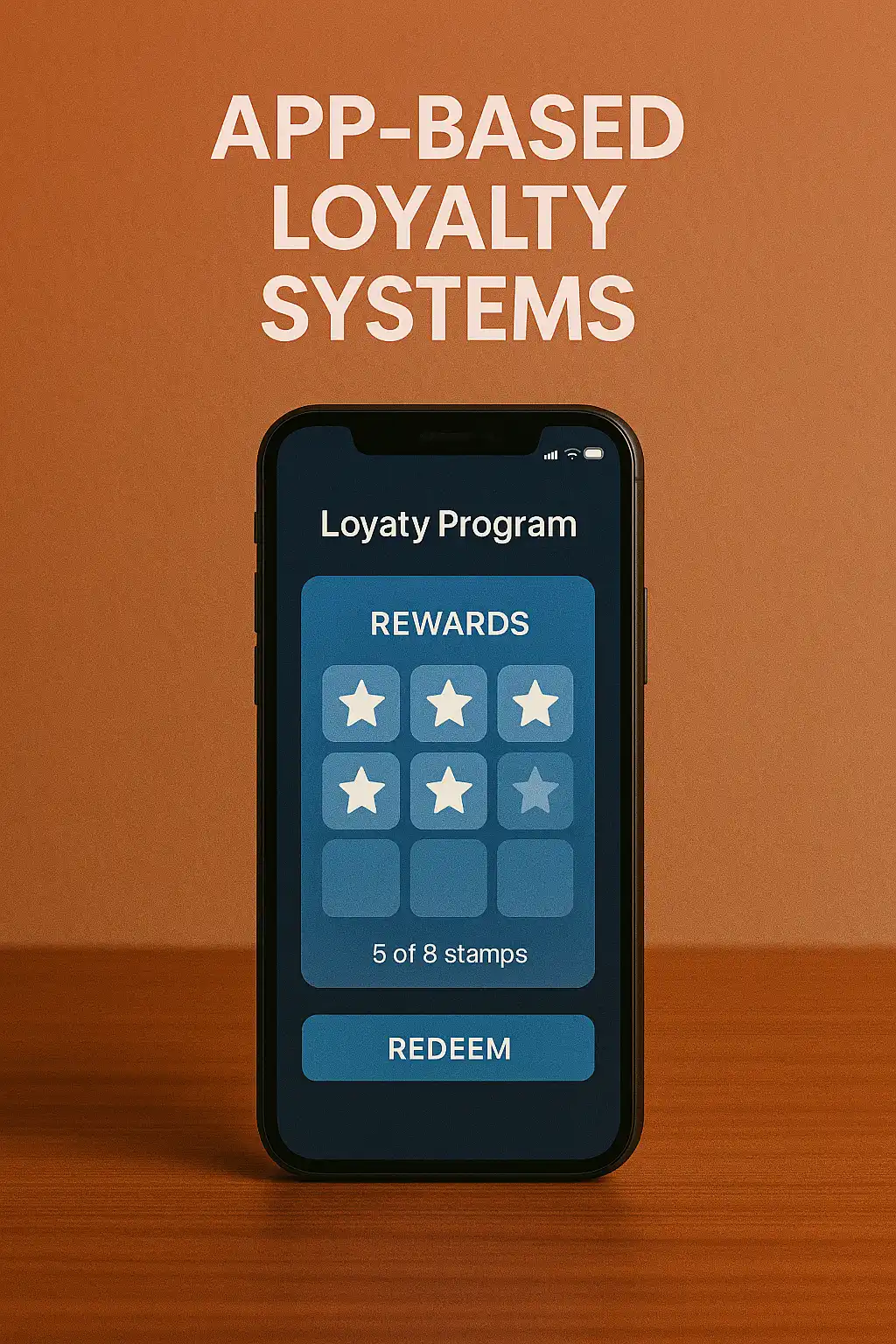
It gamifies the wellness journey, letting clients earn badges and rewards for meeting health milestones like regular hydration or reduced stress levels. These aren’t just gimmicks. They’re redefining what it means to deliver care — making the spa experience smarter, deeper, and more engaging than ever before.
The Business Impact: ROI with a Side of Om
Sure, wellness tech sounds exciting — but does it pay off?
Absolutely. The business case for wellness tech isn’t just anecdotal — it’s measurable:
- Increased retention: Customized journeys, AI check-ins, and regular follow-ups enhance client satisfaction and long-term loyalty.
- Revenue increase: Intelligent upselling of add-ons and retail products from real-time insights boosts average order value. Virtual sessions and digital memberships create new revenue streams.
- Enhanced operational effectiveness: Automating booking, billing, staff rosters, and stock minimises admin time and human error, freeing staff to create value.
- Improved resource planning: Analytics tools allow tracking peak times, service popularity, and therapist performance to make more intelligent scheduling and service menu choices.
- Improved brand reputation: A technologically advanced experience conveys professionalism, innovation, and responsiveness — generating buzz and attracting a younger, more tech-savvy clientele.
- Scalable business models: Whether opening a second location or franchising your spa concept, tech ensures consistent service delivery and centralized control across locations.
In essence, wellness technology helps spa owners shift from simply running a service business to managing a wellness brand ecosystem that thrives on loyalty, insight, and innovation.
🌍 The Global Shift — And Why It Matters Now
Consumers post-2020 are different. They crave self-care backed by science, convenience without compromise, and intimate and intentional experiences. Spas must evolve from passive pampering spaces to active wellness hubs.
Countries like the U.S., Canada, and even small island nations like the Cayman Islands are embracing spa tech at a rapid pace—not just in urban cities but also in boutique wellness retreats and coastal resorts.
And here’s the kicker — it’s not just millennials or Gen Z driving the demand. Even older generations are becoming wellness-tech enthusiasts, especially when it empowers them to track their progress and extend the spa’s benefits at home.

✨ Conclusion: Wellness Tech Isn’t the Future — It’s the Now
Technology won’t replace your therapists or the warmth of a human touch. But it will enhance everything around it — from the first appointment to post-treatment care, from how you manage operations to how clients experience serenity.
Spas that integrate wellness tech aren’t just upgrading their systems — they’re upgrading their value, relevance, and client relationship.
And if you’re wondering how to make this leap without disrupting your flow, platforms like Dotbooker make it easier than ever. Whether you run a boutique massage studio, a high-end wellness center, or a chain of spa resorts, Dotbooker’s smart tools help you bring wellness and technology together.
Popular Blogs

- Oct 20, 2022
- 3023
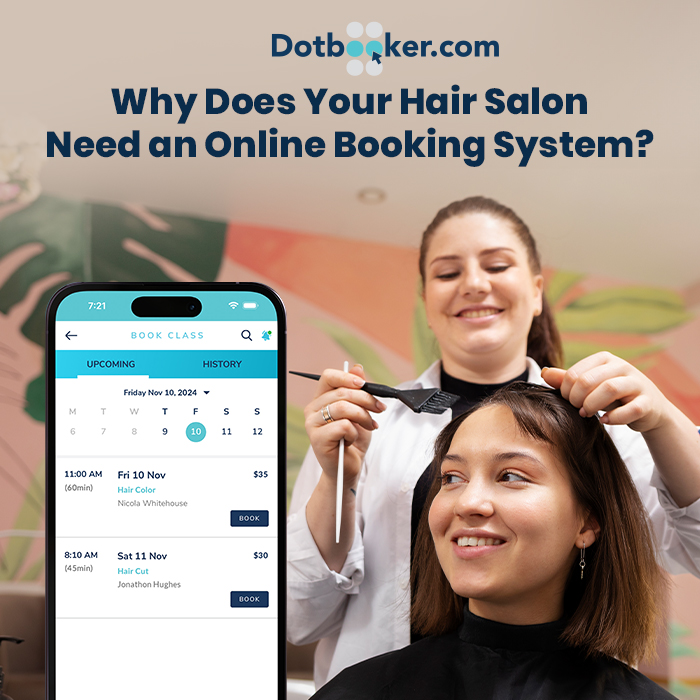
- Sep 08, 2024
- 1930

- Nov 11, 2022
- 1466
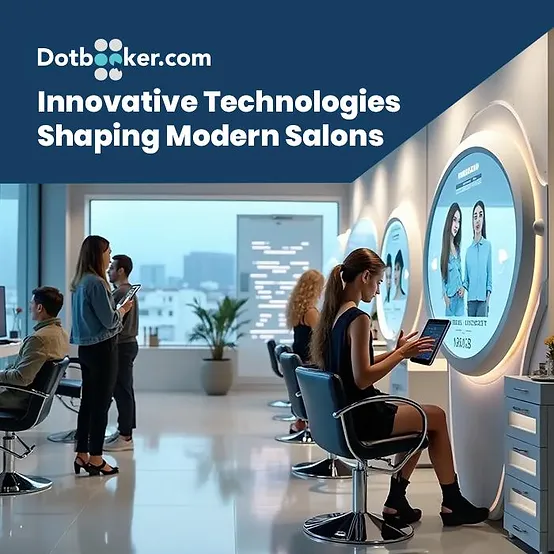
- Sep 16, 2024
- 1271
Transform your business now!

Get an expert consultation for your business's streamlined operations.